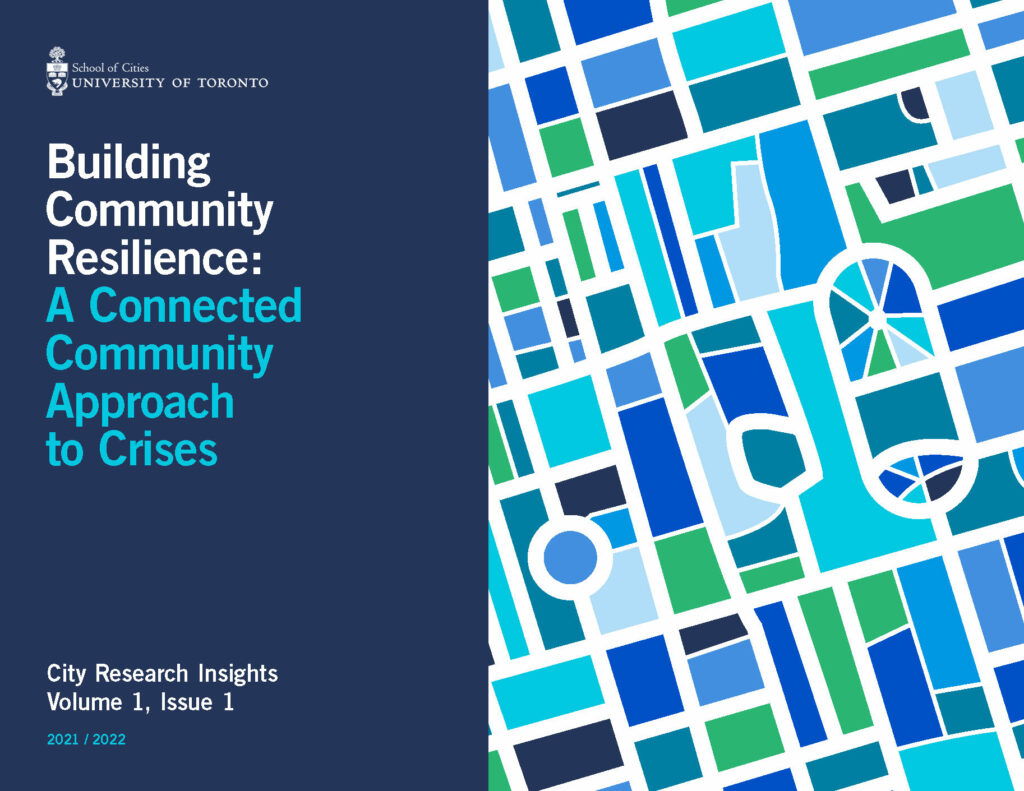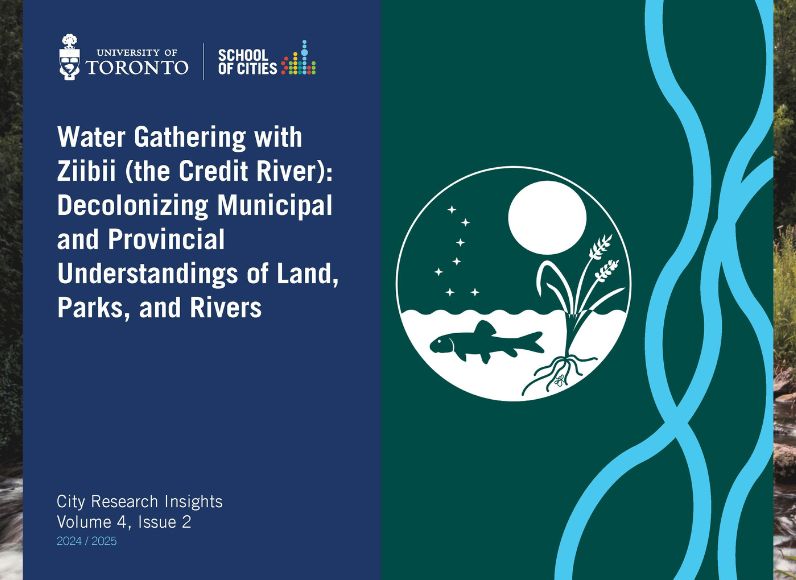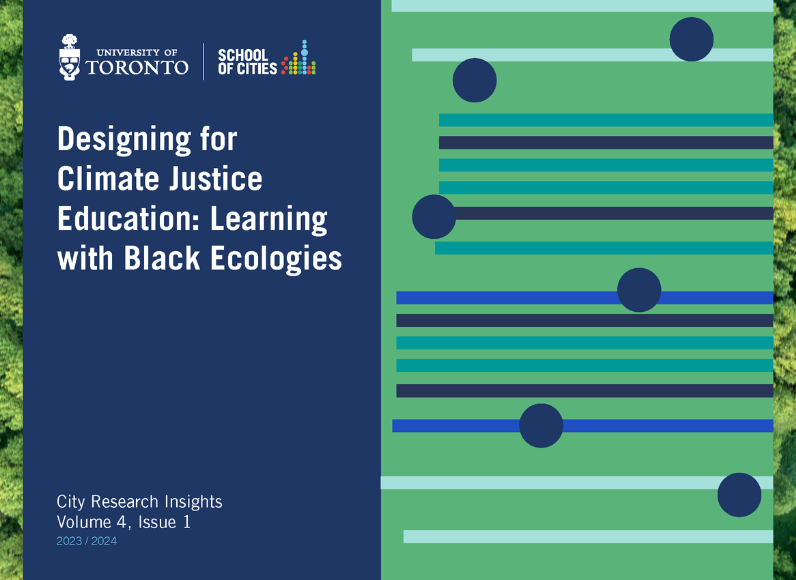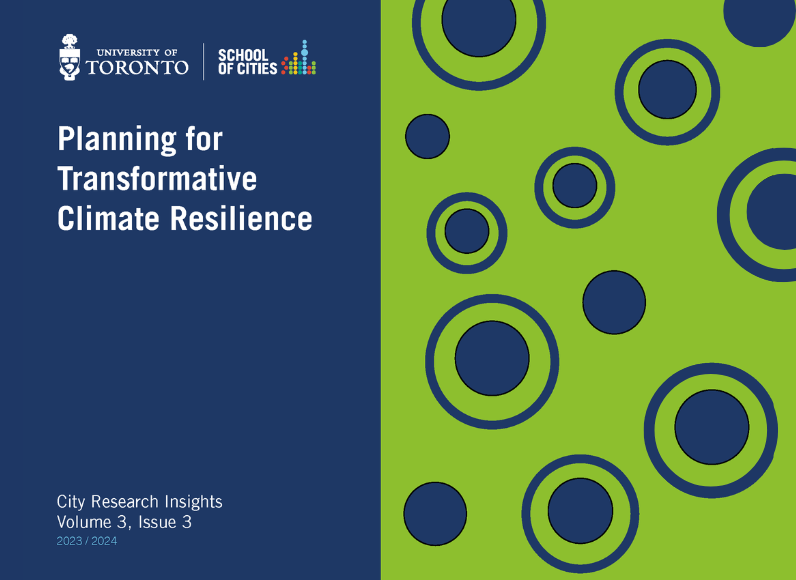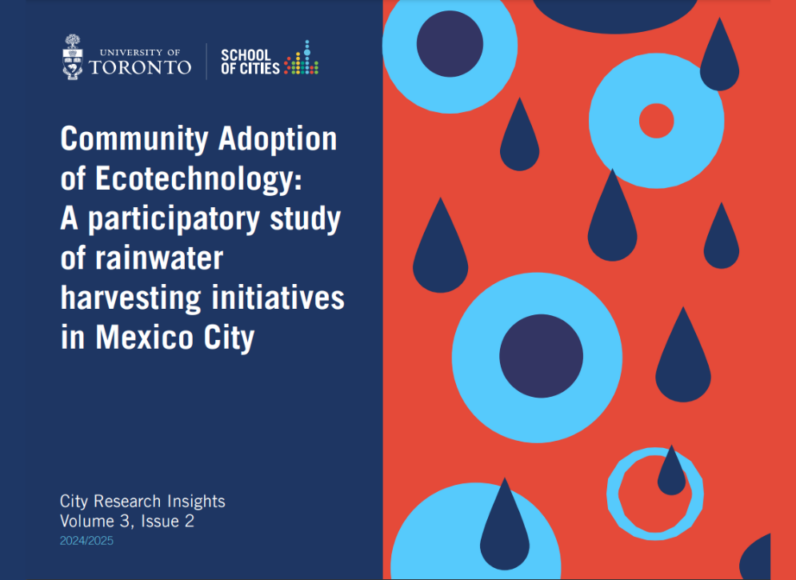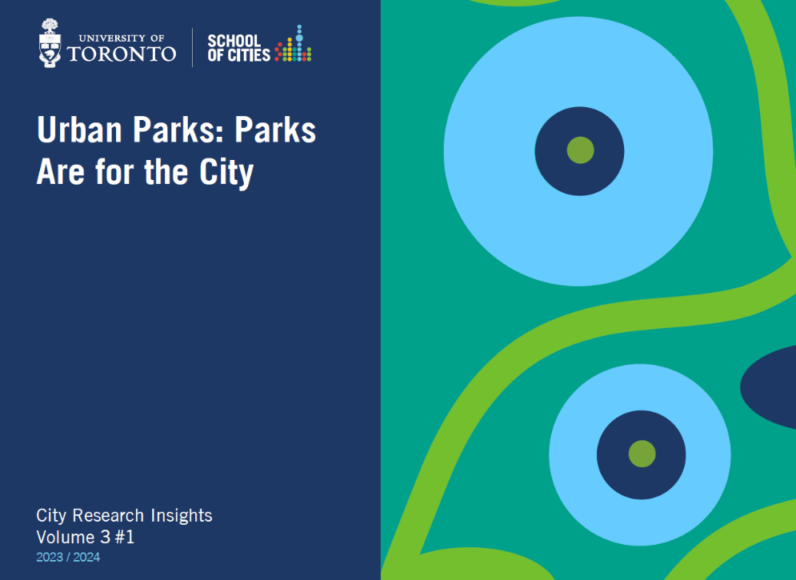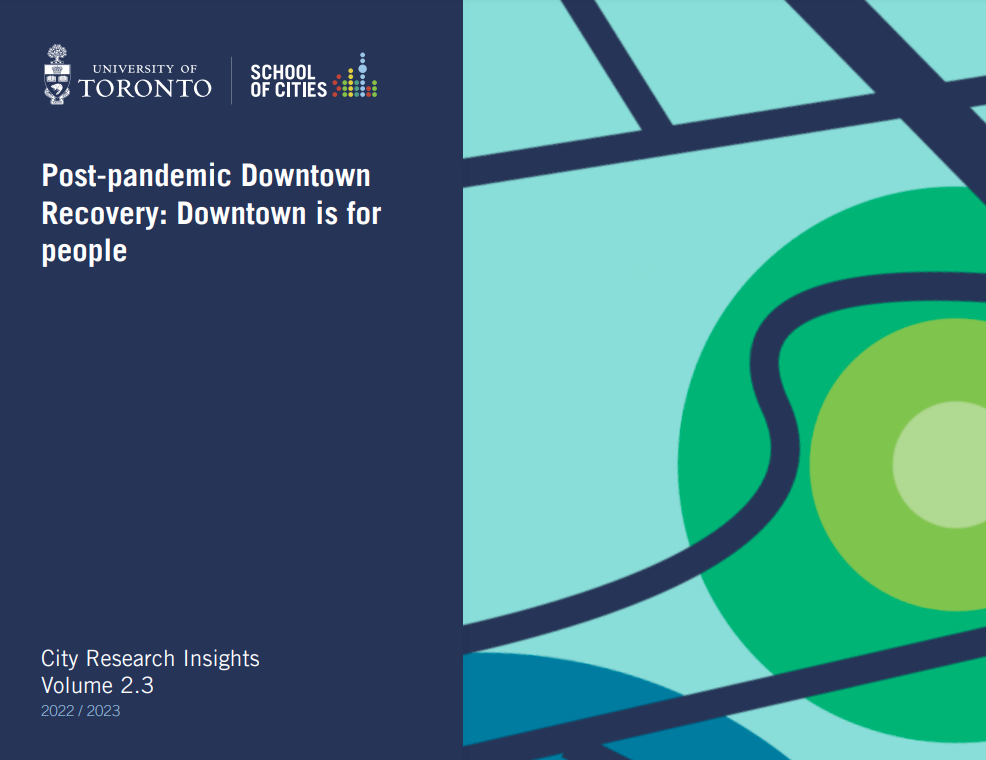Meet the experts behind this issue: Anne Gloger
- What interested you in working with U of T researchers on this project?
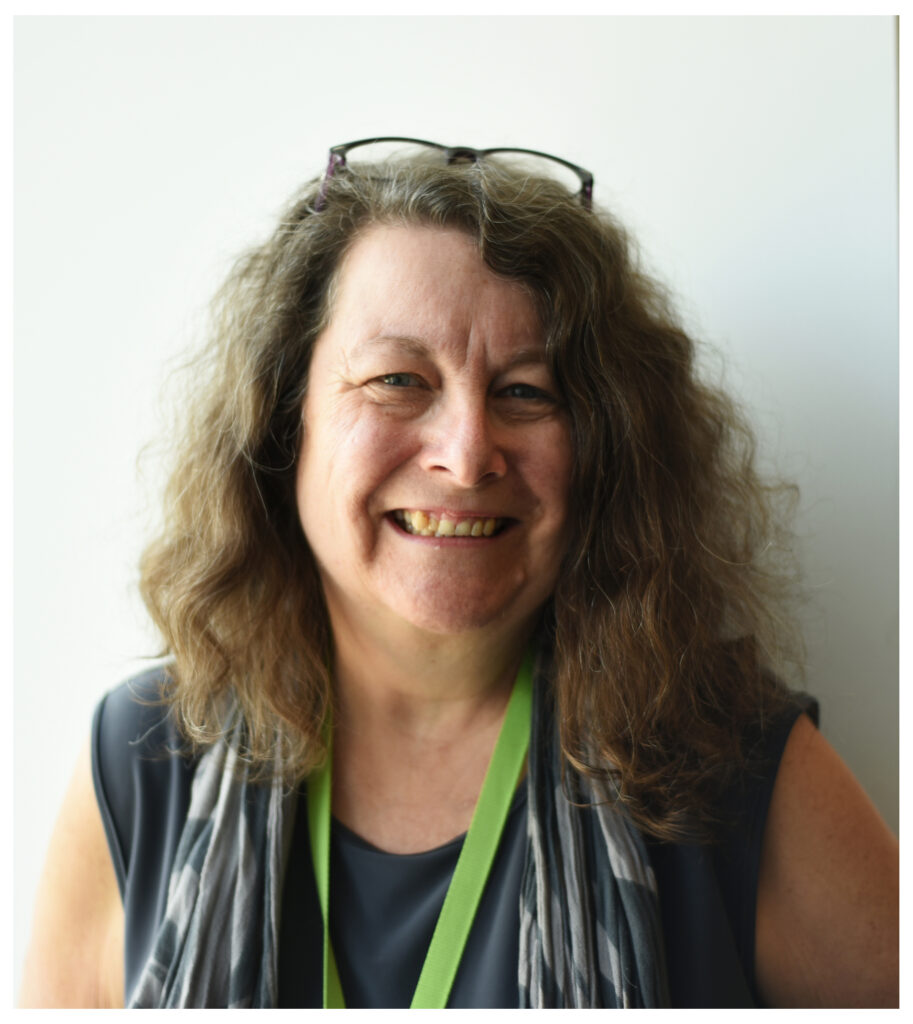
Synergy. I had worked with Blake, Suzanne and Imara on other projects and through that discovered the kinds of shared values and principles that formed the foundation of this partnership.
Our shared interest in community development practices, equity and systems change made designing this particular project exciting: we all felt that introducing CCA could have a profound impact on the things each of us is passionate about.
- How does this initiative help advance your work with C3?
C3 was created to introduce the Connected Community Approach as a framework to foster collective action across issues, sectors, and scales.
We believe this kind of collective action is critical to advancing a more equitable society. The community-centred resilience lens and the evidence calling for a more collaborative/collective approach provide a perfect platform for multiple players from grassroots to policymakers to begin thinking of a new paradigm to achieve real impact.
The Connected Communities in a Time of Physical Distancing research provides the evidence we need that community-based social infrastructure is critical to community-led responses during a crisis. The Connected Community Approach: Citizens and Governments Working Together for Community-Centred Resilience provides the link between the problem (disconnect between community and government responses to shocks) and CCA as a way to structure potential solutions. This will advance our work by
a) generating interest in CCA,
b) providing an evidence base that lends credibility to the approach, and
c) helps us frame our thinking and design proposals/strategies in ways so that decision makers can see the opportunity.
- What’s next for C3 and the Storefront?
What’s next is helping people (grassroots, organizations, institutions, government actors) working toward strengthening communities to reconnect, regroup, and bounce forward once the pandemic is over.
We have designed a three-day process that we will be taking to various communities so that they can reflect on their learnings from COVID begin to think about the social infrastructure that needs to be created for collective action to ongoing stresses and to prepare for the next shock event. We are currently seeking funds for this approach so we can offer it in marginalized communities without the communities themselves having to pay. The Storefront will be a pilot site.
C3 is working with Imara and the Residence Lab on a two-year deep listening process to ensure our work moving forward is grounded in Black Liberation and equity on the ground experience, principles, and practice.
- What are the most important things you want communities to know about this work?
This work introduces the Connected Community Approach which:
- provides a framework for people/organizations/institutions to work together toward a more equitable society
- supports by the community for the community decision making and action
- is context specific and adaptable to address community specific priorities
- is a long term strategy that builds on strengths over time
- does not download responsibility to the community
- sees government/organization/institution roles to invest in the supports communities need address ongoing stresses and acute shocks
Meet the experts behind this issue: Blake Poland
- How does this work help advance our understanding of communities and their relationships with formal institutions, particularly in light of a crisis like the COVID-19 pandemic?
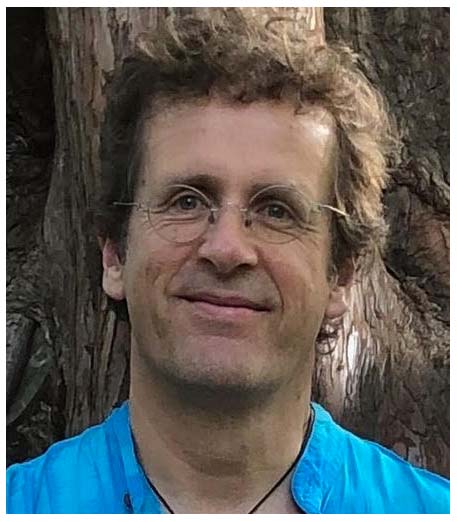
The work reported on in our IJERPH paper is two-pronged.
One aspect addresses the lack of guidance in the literature on how institutions and formal crisis response systems could work more effectively with citizens to build community resilience before, during and after shock events. The literature is replete with examples of how formal response systems swoop in many hours or days after an event in which citizens themselves have mobilized to respond, and in a way that runs roughshod over these local efforts as if they’re invisible, irrelevant, or inconsequential. Most such retrospectives call for better ongoing collaborative planning and working relationships between community and formal institutions, but none offer much in the way of guidance on how to do this.
We argue that the CCA, developed over 20 years (and validated during crisis in the Danzig shooting), provides the guidance the field has been calling for.
The second prong of this work, less in evidence in this paper, but the focus of other papers submitted and/or published, is our work (funded by the School of Cities) on the ways in which community-level grassroots responses to the pandemic in six racialized neighbourhoods was impacted by pre-existing webs of relations within and between community and formal institutions. This provides tangible evidence in support of a Connected Communities Approach, showing how relationships are key and must ideally be cultivated and nurtured well before they become essential in moments of crisis. We stress that these relationships, at the core of CCA, are not cast as between service providers and service recipients, or in terms of mutual aid as an alternative to the role of the state, but rather in terms of community-centred development that puts the lived experience and aspirations of marginalized communities at the centre of collaborative efforts, and that works to build capacity within formal systems for a level of responsiveness to community that is all too often missing.
2. How would a policymaker implement this, starting on Day 1, and what would be the incentive to change the status quo?
In my view, this absolutely has to start by listening, learning, and valuing community voices and perspectives, and committing to doing what it takes to ensure that formal systems are responsive to community.
Too often systems become rigidified, autocratic, and responsive primarily to internal politics rather than accountable to relationships. This means hiring staff who are community-oriented and putting in place accountability mechanisms that respect and leverage the relational capital that is so often squandered when valued front-line staff are arbitrarily re-assigned to other portfolios. It starts also with recognizing that social resilience (in contrast to hard infrastructure resilience) is inherently and unavoidably relational, and that communities do not develop relationships with institutions, but rather with people who happen to work in particular institutions. It means embedded community development as a core ethos, and not just as one of many tools in a toolkit.
There are several potential incentives for change. One is that truly relational community development is richly rewarding when done well. A second is that considerable resources and goodwill are wasted when institutions don’t play well with community. There is tremendous drive, energy, and knowledge that can be mobilized, not as an alternative to the role of the state, but in collaboration with the best of what the state has to offer (expertise, funding, space, and other resources). A strengths-based approach builds on the best of what all participants have to offer, and this is the core of the Connected Community Approach. A third related incentive is that systems now more than ever will have to work to regain public trust, and particularly the trust of marginalized communities who’ve been failed by the system over and over. This will be a matter of institutional survival. And just like reconciliation, it will require more than just nice words.
3. What do you see ahead, post-pandemic, for our urban communities and their ability to “bounce forward”?
The pandemic has demonstrated clearly that where there is a will there is a way. Where it was previously impossible to discuss the merits of guaranteed annual income, for example, CERB showed it was entirely possible. It is harder to believe statements that “we can’t do that” or “we don’t have money for that”.
Communities are also more aware than ever of how systems have failed them, but also of their collective power to mobilize for change. And of which relationships have proven essential. There is a palpable appetite for the need to bounce forward to new ways of doing and being, and that bouncing back to a ’normal’ that is dysfunctional and inequitable is not a compelling option.
Many of us look forward to the day when formal institutions are committed to growing their own capacity for meaningful responsiveness to community, such that planning for, responding to, recovering from, and rebuilding after shocks and in response to chronic stressors becomes a truly collaborative effort that conjoins the best of what systems have to offer with the creativity, ingenuity, energy, and local knowledge of grassroots community leadership.
4. For discrete crises that hit a particular community, a community-led approach makes sense. How do you scale that if it is a region-wide (or in the case of COVID, a national, global crisis)? How can formal institutions coordinate the many community-led, bespoke approaches?
The idea is to:
(a) enhance the overall capacity of institutions to be responsive to, and take their cue from, communities, and,
(b) seed the landscape with integrator organizations like the East Scarborough Storefront that can be crucial community-centred network weavers, bringing together residents and formal institutions in ways that centre community needs and aspirations.
Those are both generic approaches that lay a strong relational foundation of trust and connection that can be mobilized in whatever ways the exigencies of a particular situation require, from isolated events (like a mass shooting or violent storm) to broader challenges (like systemic racism or COVID-19). The idea is less one of “scaling up” an approach than it is creating capacity in systems for relational community-centred orientations and practices that can (and our covid research shows, do) predispose communities to more effective responses to the local impacts of unforeseen shocks and stressors.
5. What’s next for this project?
We are partnering with colleagues at the University of Toronto Mississauga to bring a CCA lens into research on vaccine uptake in Peel. Members of our team are spearheading a new Climate Resilience Lab at DLSPH whose focus is the development of a racial justice lens for community resilience work. We are applying for funding to support this work.
C3 is also the key community partner in the Towers in the Park initiative (led by the University of Toronto’s Fadi Masoud). We have been in discussion with the City of Toronto about piloting a Connected Community Approach to implementing the Toronto Resilience Strategy in three neighbourhoods. We also have aspirations to develop a SSHRC partnership grant to expand the reach and scope of CCA and develop a more robust evidence base for its deployment in a range of urban, suburban, and rural settings.



